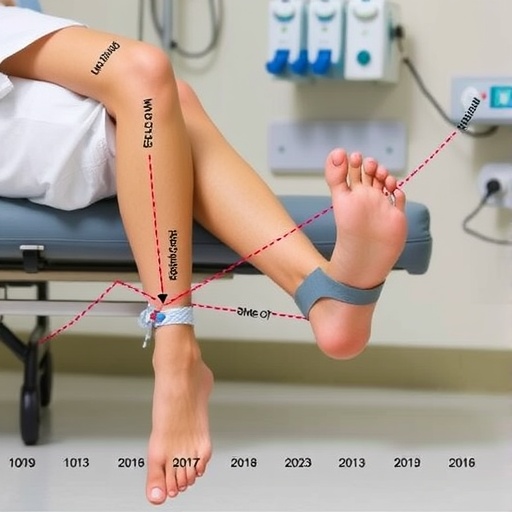Many people of African heritage are protected against malaria by inheriting a particular version of a gene, a large-scale study has shown.
Another variation of the same gene can have the opposite effect of raising susceptibility to malaria – but it reduces the risk of other common childhood diseases, the study found.
The findings give new insights to explain why some children, but not all, develop severe malaria. The condition, which is spread by mosquito bites, kills half a million African children each year before they have had time to acquire immunity to the disease.
Scientists also revealed that the impact of both gene variations is linked to whether or not individuals carry a third genetic mutation. Their research, which highlights the complex links that can exist between genes in our DNA, helps explain inconsistencies in previous research.
In a study of more than 5,000 Kenyan children, researchers from the University of Edinburgh with colleagues from Oxford, Kenya and Mali examined two variations, or mutations – known as Sl2 and McCb – in a gene called CR1. These gene variations, common in African populations, were believed to have evolved in response to malaria, but previous studies have been unable to confirm this.
By studying the complex relationships between the gene variants, researchers found that the Sl2 mutation in the CR1 gene protects against cerebral malaria and death – but only if children did not carry a third gene mutation, known as alpha-thalassaemia. A separate study showed that the Sl2 variant helped prevent clumps of cells called rosettes, found in severe malaria.
The other mutation in CR1, known as McCb, was found to be linked to increased risk of cerebral malaria and death, but to lower the risk of childhood diseases such as respiratory and gastrointestinal infections. The study, supported by Wellcome, was published in eLife.
Professor Alexandra Rowe, of the University of Edinburgh's School of Biological Sciences, who supervised the study, said: "Genes have complex effects on one another and on the chances of disease. These findings point towards avenues for further research in understanding factors that influence life-threatening illness in African children."
Dr Olivia Swann, of the School of Biological Sciences, who jointly led the study, said: "This study is a missing piece in the puzzle of how genes protect people against malaria. It also reminds us how complex this protection is and how hard it can be to untangle the influence of one gene from another."
###
Media Contact
Corin Campbell
[email protected]
44-131-650-6382
@edinunimedia
http://www.ed.ac.uk




